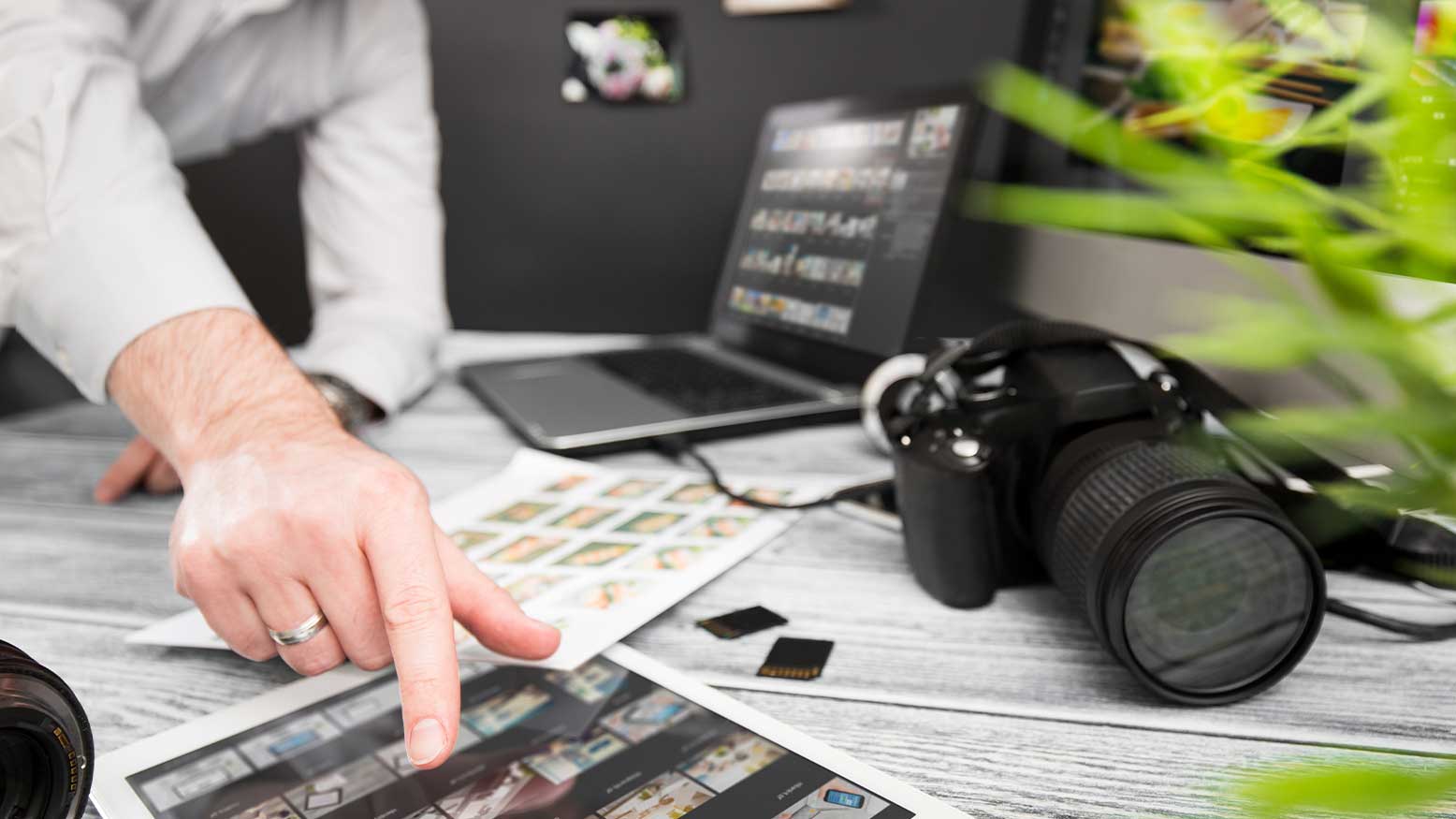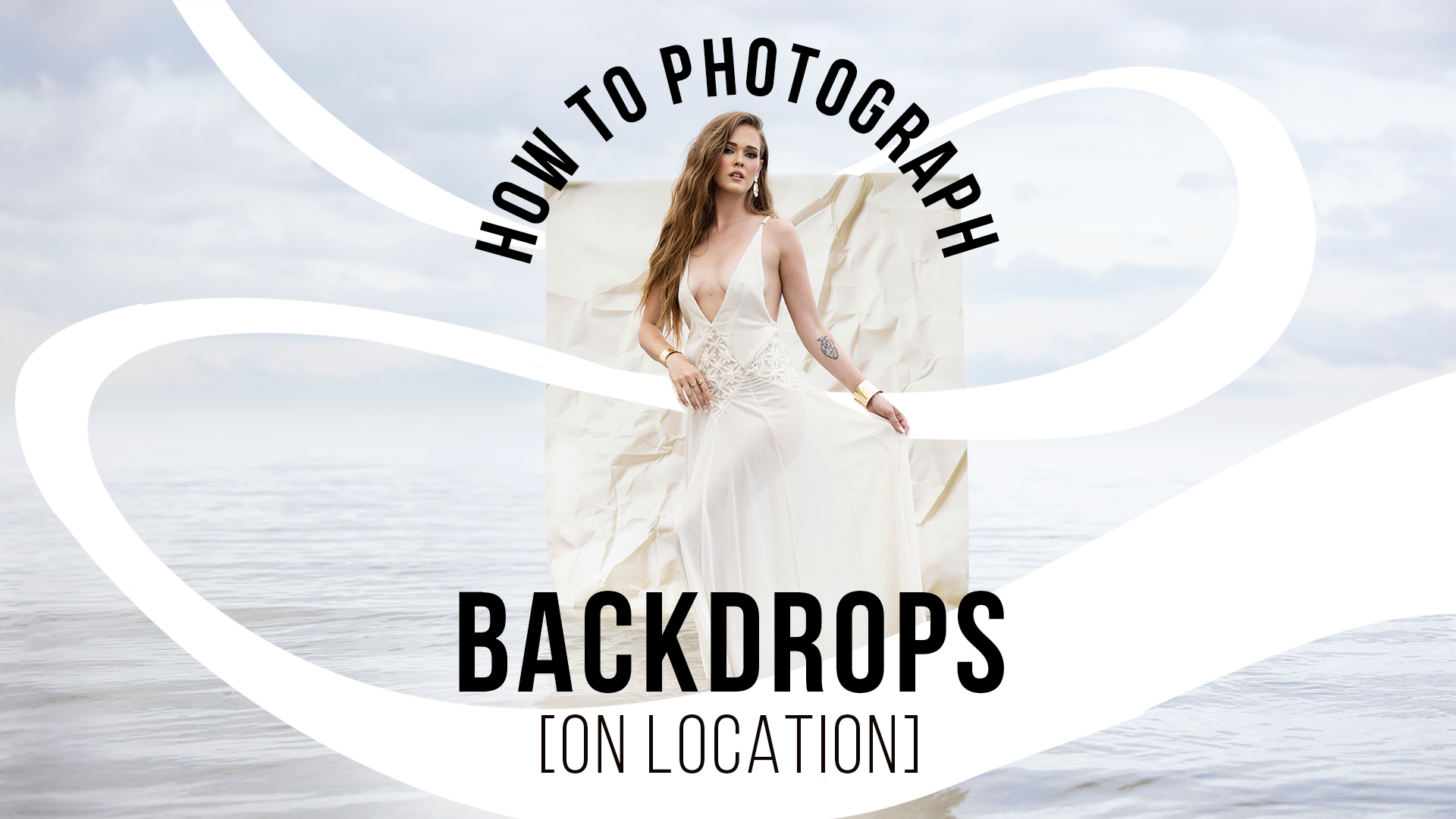Efficiency In Photoshop with Dave Cross
Ask some people how they suggest being more efficient in Photoshop, and they’ll answer, “Use Actions.” Although Actions are a great way of automating your work (and we’ll talk about a “different” way to think of Actions later), there are some additional ways that you can give your Photoshop efficiency a boost.
Keyboard Shortcuts
Many people cringe at the idea of having to memorize multiple keyboard shortcuts in every program they use. There’s no question that this can be very challenging, so here are a couple of strategies to help make implementing Photoshop keyboard shortcuts more manageable.
Start With Tool Shortcuts
Every tool in Photoshop has a single letter you can tap to activate the tool. No multiple keys to remember (“Is it Shift or Alt?”), just tap a single letter on your keyboard, and that tool is ready to use. Many of the shortcuts make perfect sense, such as M for Marquee, C for Crop, T for Type and B for Brush. Others are a bit more of a stretch, such as V for the MoVe tool or W for the Quick Selection tool (since it shares the same slot as the Magic Wand). Some others make no real sense at all, making us feel that Adobe was running out of letters and just assigned them to random tools as there was nothing else available.
Learning and remembering these single-letter shortcuts should be easier than trying to recall multi-key shortcuts (more on that later), but it will still take a while. In fact, it’s worth saying that learning/memorizing shortcuts will probably slow you down before it speeds up your work. But stick with it—it is such an incredible time-saver to tap a letter to activate a tool. Never again do you have to leave your workspace, moving your mouse all the way over to the Toolbar, just to return to the same position you were in a moment ago.
One important note to add: there are many cases where multiple tools share the same single letter, such as J, which functions for the Healing Brush, the Spot Healing Brush, the Patch Tool, the Content-Aware Move Tool and the Red Eye Tool. If you tap the letter and the “wrong” tool is activated, hold down Shift and the letter (so in this example Shift-J), and each time you tap the shortcuts, it will toggle through the tools that share that letter.
Single-tap shortcuts
Although they’re not tools, here are more single-tap shortcuts that are great time-savers:
Tap D to reset the Foreground and Background Colors to the Default.
Tap X to swap the Foreground and Background Colors.
Tap Q to enter Quick Mask mode (tap Q again to return to regular view).
With the Brush tool, tap “]” to make the brush size bigger and “[” to make the brush smaller.
In Photoshop 2020, press the left and right arrow keys to rotate the current brush.
With the Move tool active, tap a number to change the opacity of the current layer. For example, tap 5 for 50%, 2 for 20%, and so on. Tap 0 for 100%.
With a painting tool active, tap a number to change the opacity of the current tool.
Make Your Own Shortcut
Although just about every conceivable combination of keys has already been used as a Photoshop shortcut, it’s very likely that you will find that a function you use all the time does not have a shortcut. Luckily, you can re-allocate an existing shortcut and apply it to the function you want. As we’ll see, it’s very simple to do, and well worth it, as it’s easier to remember a shortcut that you allocated rather than one that was assigned by someone at Adobe.
To reassign a shortcut to the function you want, use Edit>Keyboard Shortcuts. Let’s say that we wanted to add a shortcut for adding a Layer Mask. Click on Layer, and scroll down until you see Layer Mask>Reveal All. Click on the space to the right of that function and enter the shortcut you want to use, for example Shift-Command-M (PC: Shift-Control-M). A warning will tell you that this shortcut is already in use, in this example for something called Record Measurements. Assuming that is something you’ll never use, click the Accept button, and from now on you can press Shift-Command-M (PC: Shift-Control-M) to add a Layer Mask. (Custom shortcuts will remain active unless you reset the keyboard shortcuts back to the default settings).
Note: In some cases, the shortcut you want to use is already in use by a function that you use on occasion. In those circumstances, you’ll have to decide which function you use more often, and allocate the shortcut to that function.
Presets
There are plenty of places in Photoshop where you can save time by creating and then using your own presets. With very few exceptions, a preset should be considered as a starting point: you don’t have to stick with the results of that preset, but rather you can continue to tweak the settings if necessary. Here are some examples of presets in Photoshop.
Tool Presets
One of the keys to using tools in Photoshop is to make sure the settings in the Options Bar are appropriate for whatever you are planning to do with a tool. Rather than constantly switching settings back and forth, you can create Tool Presets, and then choose between the presets to quickly change to tool settings.
To create a Tool Preset, enter all the settings in the Options Bar, and then click beside the tool icon in the Options Bar to open the Tool Presets Picker. Then, click on the New button, name your preset, and you’re good to go. From then on, choose your Tool Preset from the picker or the Tool Preset Panel, and all the tool settings will be changed automatically.
Note: Create a Tool Preset for the “normal” settings for a tool such as Normal Blend mode at 100% Opacity for brush-related tools
Adjustment Layers
For commonly used settings (such as an S-Curve with a Curve adjustment layer), use the flyout menu in the Properties panel to Save Curves Preset. From then on, instead of creating an S-Curve manually, you can choose your preset from the Preset menu. Once you have chosen the preset, you can still tweak the results on an image-by-image basis.
New Document
Are you working on a project where you need a bunch of new documents at an unusual size? Rather than entering in those numbers every time, make a New Document Preset that can include not only the dimensions but also the Resolution, Color Mode, Bit Depth, Background Contents, and Color Profile.
Filters
Unfortunately, not many filters have presets, but be sure to take advantage of saving presets in the handful of filters that offer that option.
Character and Paragraph Styles
When you’re working with type and want consistency in the font, size, etc., consider creating Character and Paragraph styles. Then, you can click to apply a style to existing type.
Note: Unlike other presets that are application-wide, Character and Paragraph style are document-specific, but can be loaded from one document to another.
Actions
Automating your work with Actions can save you a lot of time, especially if you think of them a little differently. An action lets you “record” a series of operations that, when played back, run much faster than you could ever accomplish manually. But rather than using them only for complete start-to-finish operations, creating what we’ll call Starter Actions can be even more effective.
Imagine that you have a series of photos where you want to use two Curves adjustment layers (and their associated masks) to paint in light and shadow. For each photo, you’d have to add the first Curves adjustment layer, make the adjustment to lighten the image, invert the mask to black, add the second Curves adjustment layer, make the adjustment to darken the image, invert the mask to black, activate the Brush tool, make white your Foreground color, and then paint where you want to reveal the adjustment layer. Of course, since each photo is different, you would not be to record the complete operation—but you certainly could record the steps that are the same for each photo.
In this case, that would mean making a new Action and clicking record, followed by adding the first Curves adjustment layer, making the adjustment to lighten the image, inverting the mask to black, adding the second Curves adjustment layer, making the adjustment to darken the image, inverting the mask to black, activating the Brush tool, and making white your Foreground color. Then, you’d stop recording. Now for each photo, you could run this Starter Action, and very quickly you’d be ready to paint with light or dark simply by choosing the appropriate Curves adjustment layer. And just like presets, the Curves adjustment layers that were added in this Action can still be edited.
Of course, one of the keys to working more efficiently is to start implementing strategies like these in your work. As mentioned, it might initially slow you down to remember to use keyboard shortcuts, save presets or record Actions, but it’s well worth that investment in time. Before you know it, you’ll have already seen some major improvements to your efficiency in Photoshop.





